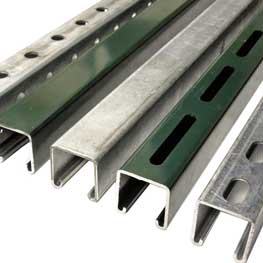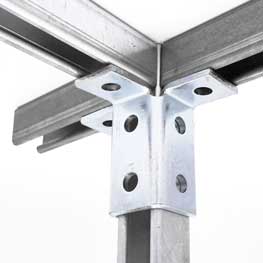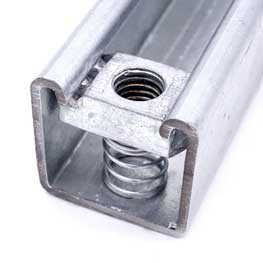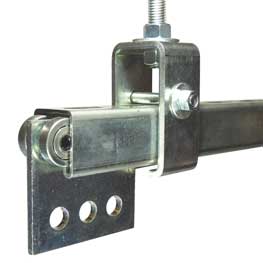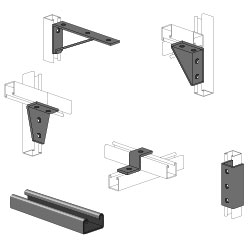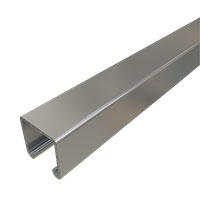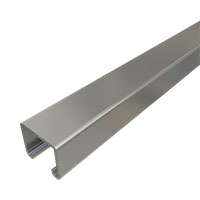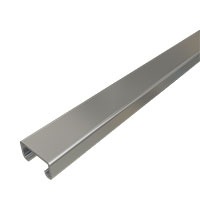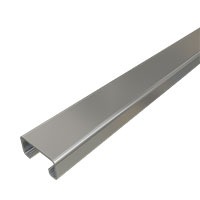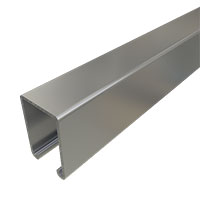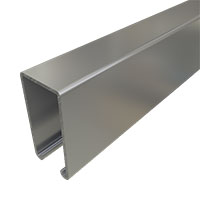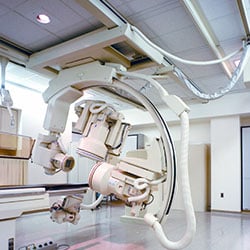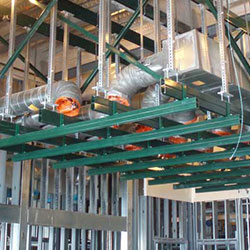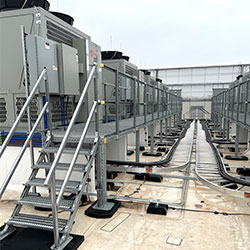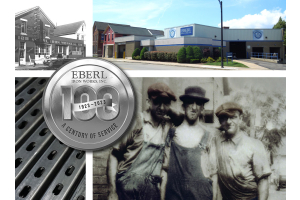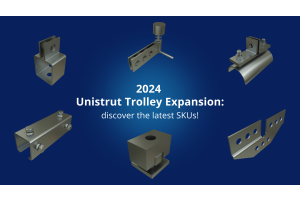- UBS
- 1-5/8" Metal Framing
- 1-1/4" Metal Framing
- Unistrut 13/16" Metal Framing
- Pipe Clamps & Conduit Supports
- Fiberglass Unistrut System
- Food Grade Strut
- Sikla Heavy Duty Metal Framing
- Lindapter Structural Fasteners
- Telespar Mechanical Tubing
- Safety Grating
- Threaded Rod & Couplers
- Unistrut Hardware & Fasteners
- Concrete Anchors
- Dakota Systems Smart Products
Unistrut Flat Plate Fittings for Channel Splicing
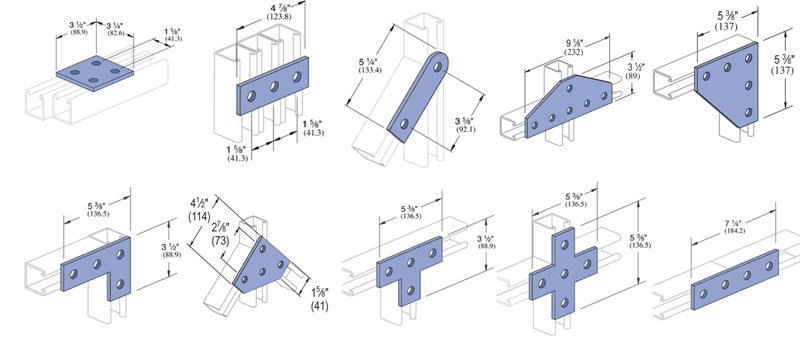
Flat Plate Fittings are primarily used to join sections of Unistrut Channel together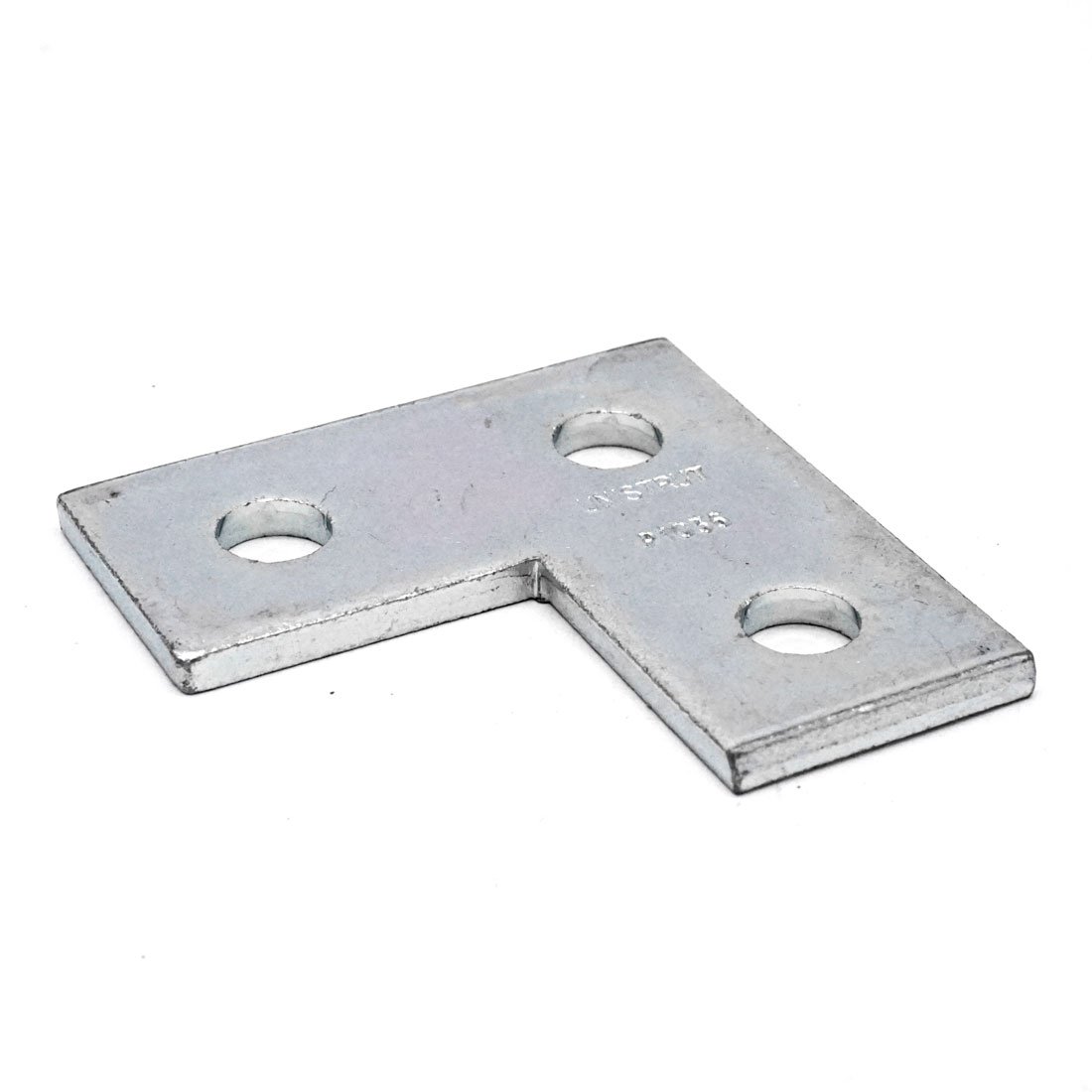
Within the Unistrut Metal Framing System there are many different categories of parts, each with their own function, this week we’ll discuss Unistrut Flat Plate Fittings.
You may have heard Unistrut flat plate fittings referred to as 'Splice Plates'. That is because their primary use is to join – or splice – channel sections together.
Flat plate fittings are sheared from 1/4" thick plate steel and punched with 9/16" holes. Splice plates are ideally joined to sections of strut using 1/2" hex head cap screws and 1/2" spring nuts (or other variety of Unistrut channel nut), for a unique, weldless connection.
As with all Unistrut fittings, flat plate fittings are made from hot-rolled, pickled and oiled steel plates, strip or coil, and conform to ASTM specifications A575, A576, A636, or A36. The fitting steel also meets the physical requirements of ASTM A1011 SS GR33. The pickling of the steel produces a smooth surface free from scale.
Most flat plate fittings are available in the standard Unistrut finishes: Electro-Galvanized and Perma Green. Some may also be available in Hot-Dipped Galvanized, Plain Carbon Steel, or Stainless Steel (Types 304 & 3016). *Check availability of non-standard finishes with your Unistrut distributor.
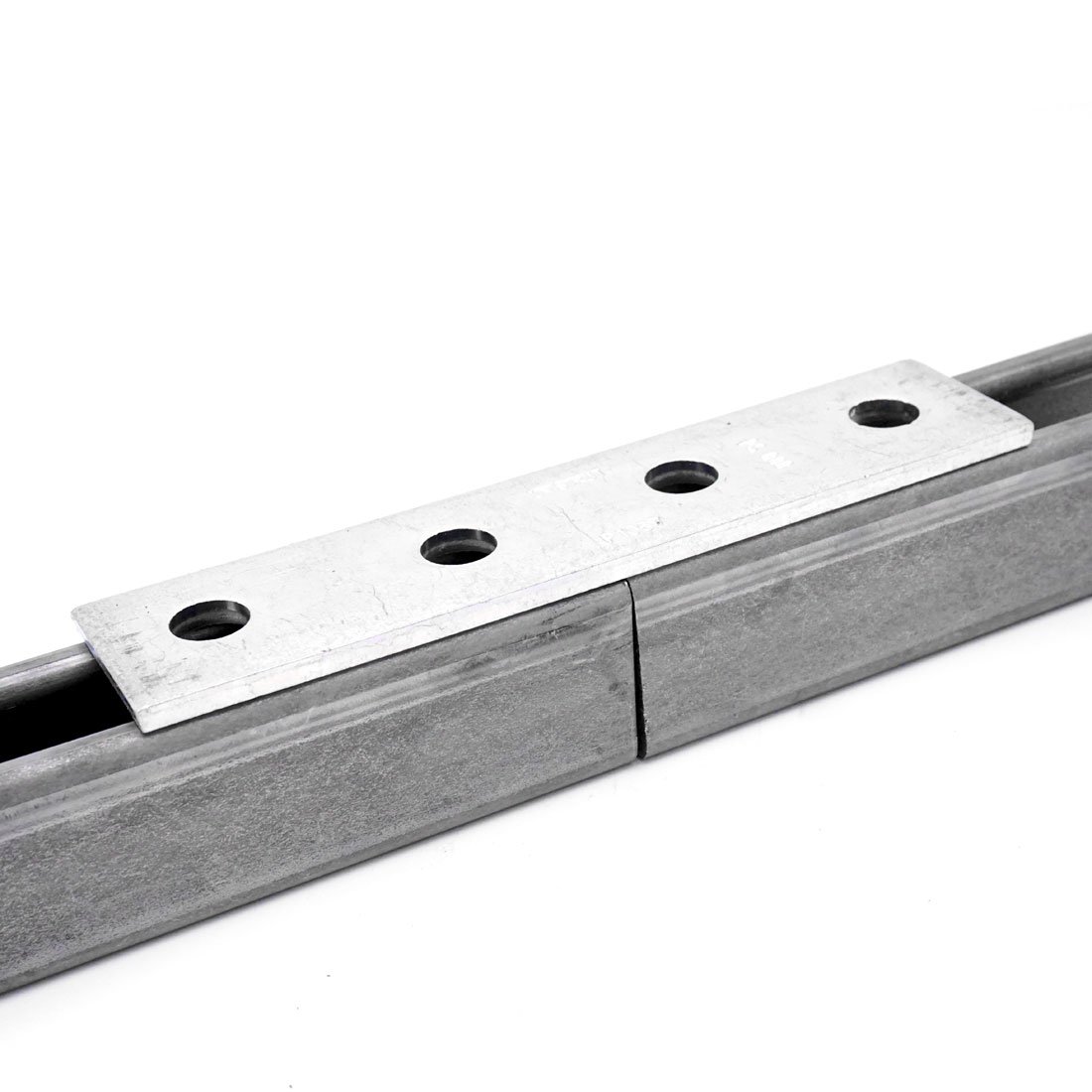 Unistrut Flat Plate Fittings can be used to join channels:
Unistrut Flat Plate Fittings can be used to join channels:
- End to End
- Side by Side
- End to Side (perpendicular or at an angle)
- Or even Two (angled) Ends to Either Side of a third, perpendicular piece of strut (Unistrut P1962)
There are many flat plate fitting options to choose from, to help you achieve whatever connection result your application requires: an L-shape join, a T-shape join, a straight join, a Cross-shape join and more!
Unistrut Buffalo Supports is the World's Longest - Running Unistrut Distributor of genuine Unistrut Metal Framing Products and supporting services for manufacturers, contractors, building maintenance workers and everyone in between since 1946.


